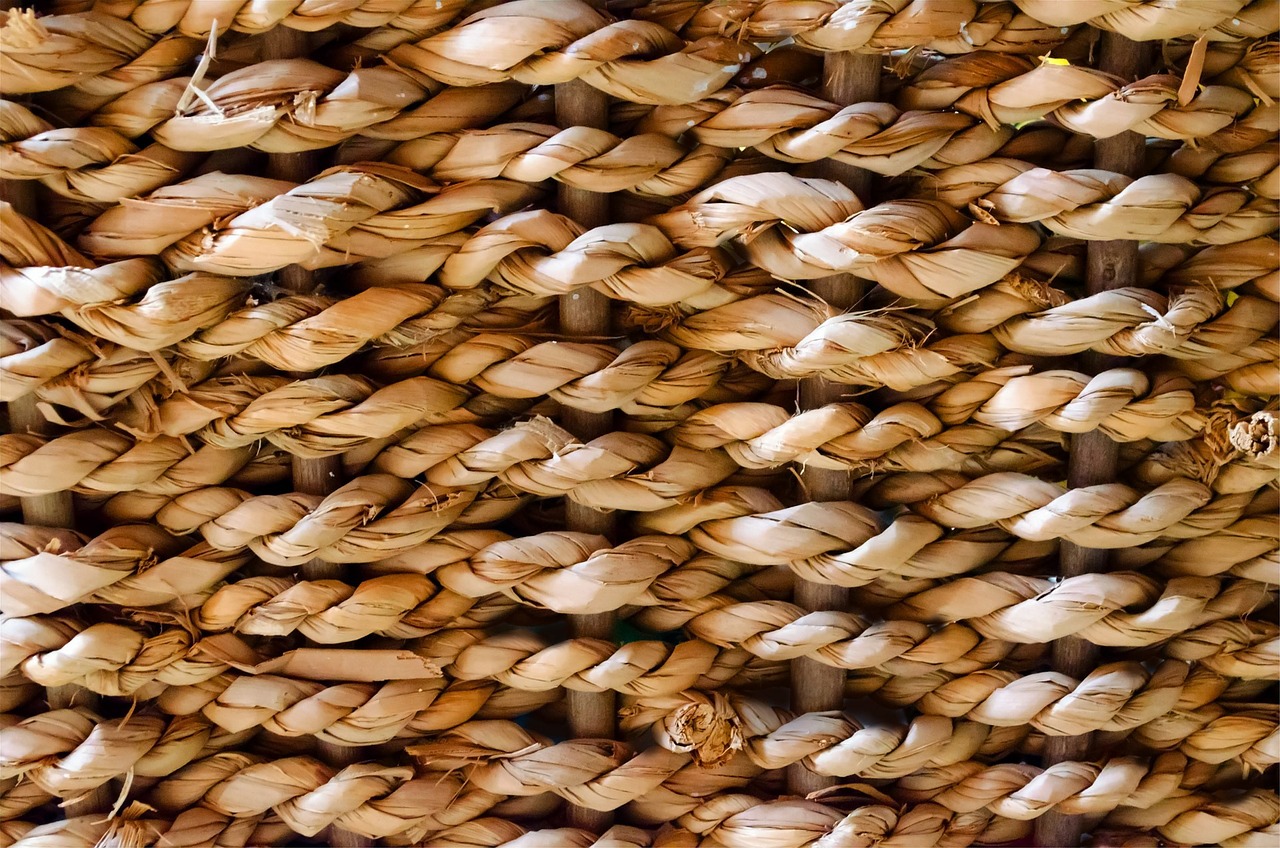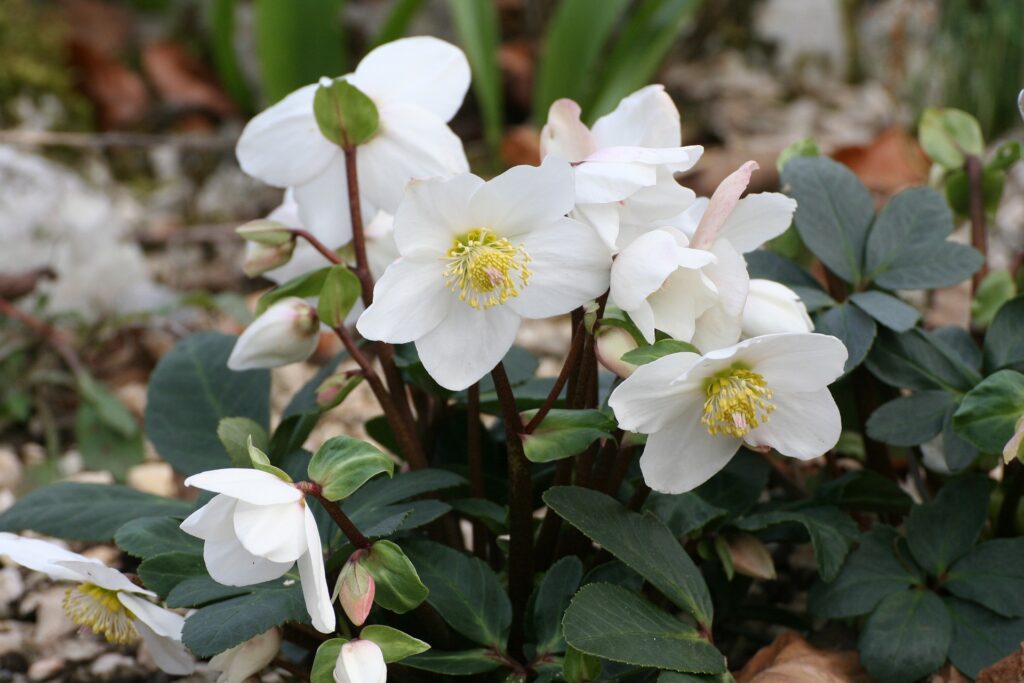
It happens in winter, walking in the woods, in cool and shady areas, to see a tuft of green leaves sprout from the damp and rotting leaves of the ground, sometimes from the snow, illuminated by beautiful pinkish white flowers: Hellebore!
It is one of the few species that blooms in winter; for this reason in many countries it is considered the Christmas flower par excellence: in Italy it is called “Rosa di Natale”, in Great Britain “Christmas rose”, in France “Rose de nöel”, while in Germany it is known as “Christrose” or ” Schneerose “.
Hellebore (Helleborus L., 1753) is a botanical genus that includes about 30 perennial herbaceous species, about ten of which occur spontaneously in Italy. It generally lives up to 1,000 m, in partial shade areas, at the edge of coppice woods, in stony and bushy places.
The best known species is Helleborus niger L. known not only as Christmas rose, but also with the names of Rock grass and Black hellebore because of the blackish color of its rhizome. Green hellebore (Helleborus viridis L., 1753) is also widespread in Italy.
Helleborus viridis L., 1753
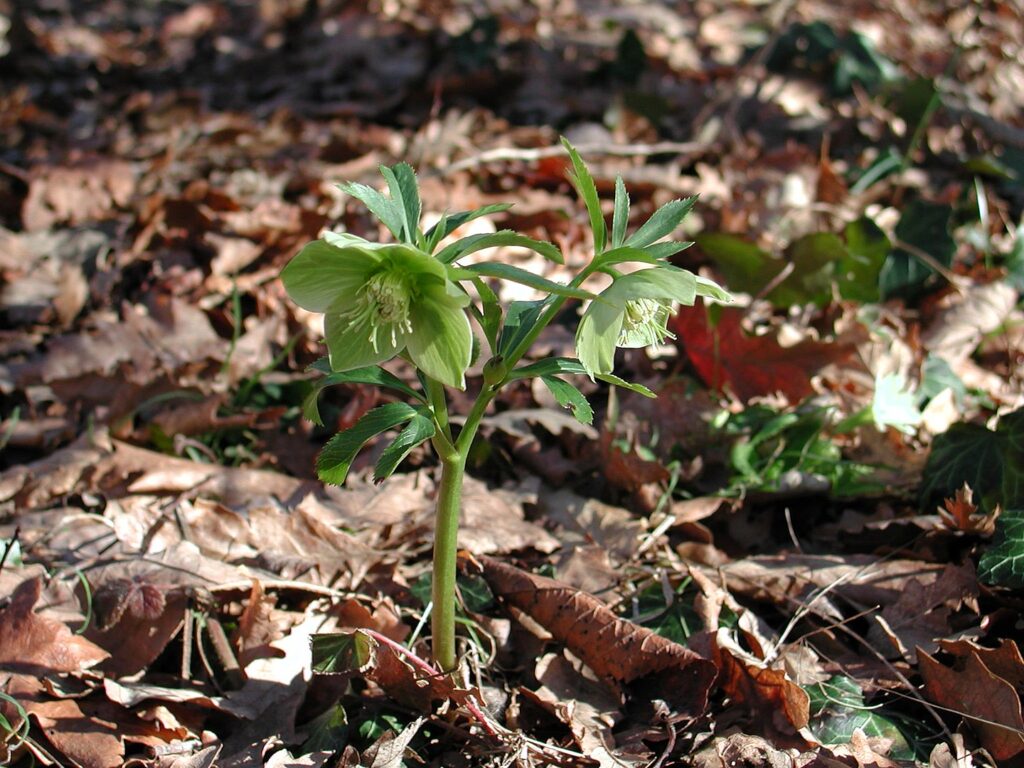
Description

Belonging to the Ranuncolaceae family, it is a perennial herbaceous plant 8-35 cm tall with a squat rhizome from which many roots branch off.
It has two types of leaves: the basal leaves, large and with a long petiole, have the lamina deeply engraved in 7-9 segments with the serrated margin; the other type of leaves are instead arranged on the stem at the base of the flower and for this reason they are called cauline.
The flowers are very showy, 6-8-cm in size; they occur single or in pairs, cup-shaped, white, pink or rarely red-purple. Their conformation probably represents the most archaic form in the Ranuncolaceae family. The calyx is the most striking part: it is composed of 5 large elements that commonly, in other species, are called sepals and form the bud by enclosing the petals. In this case they are called tepals and form the corolla. The actual petals (8-12) are reduced and form tubular horns smaller than the stamens.
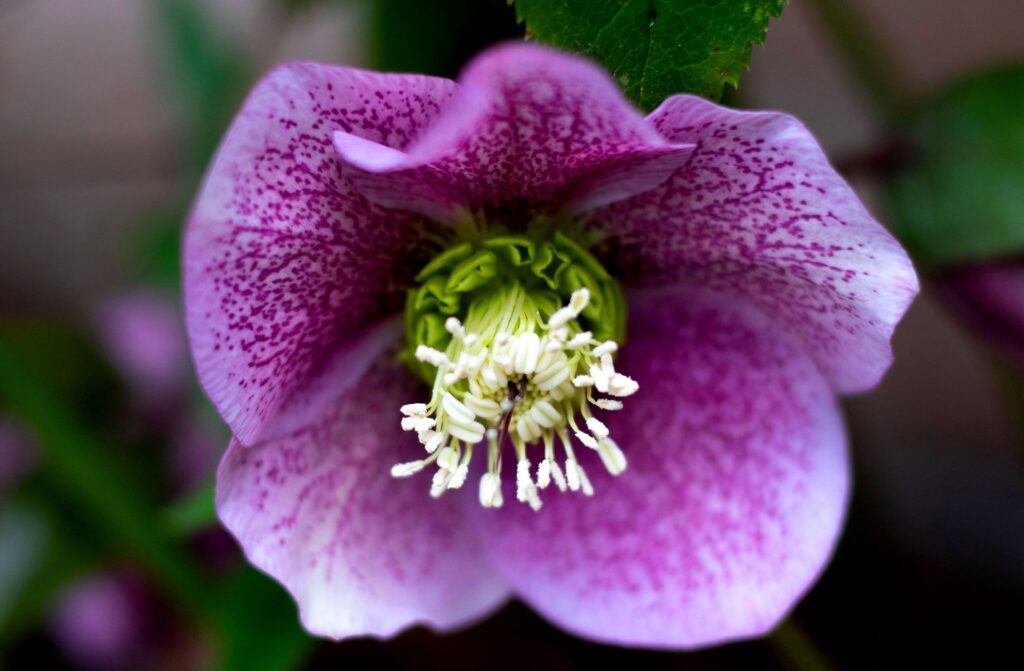
The plant blooms from January to April. Reproduction occurs sexually thanks to the action of pollinating insects.
When the plant fades in April, it also simultaneously loses the leaves which reappear shortly after, making Hellebore a small green bush.
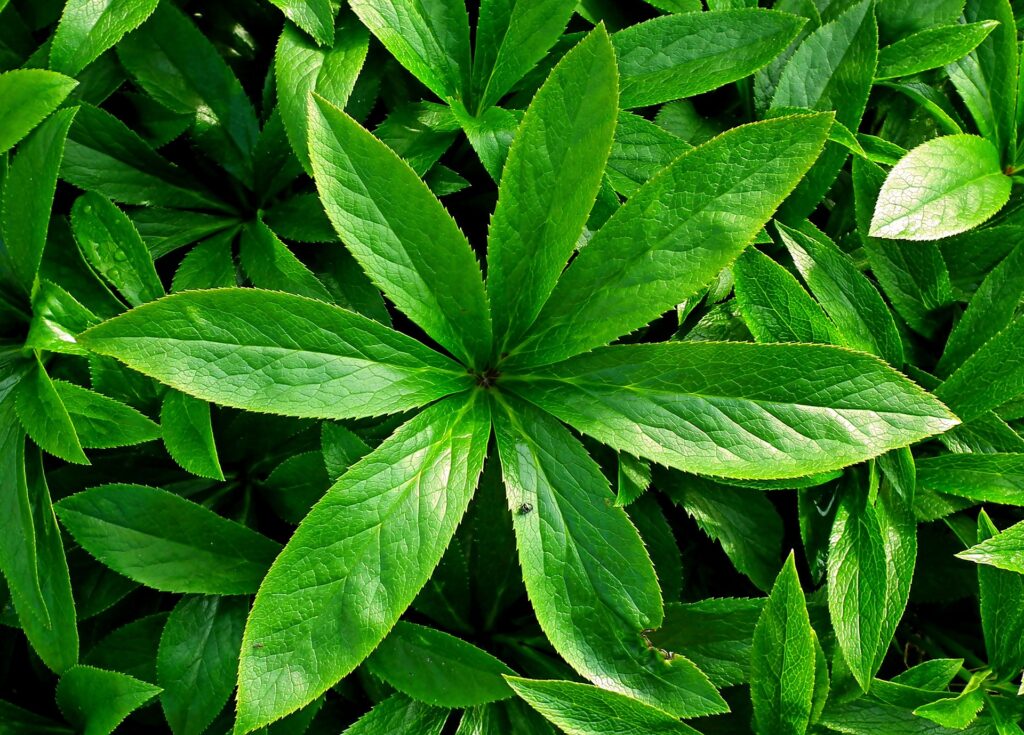
The fruits are 6-7 capsules called rather leathery follicles with a small rostrum at the apex. At maturity the follicle opens, releasing many bright black seeds.
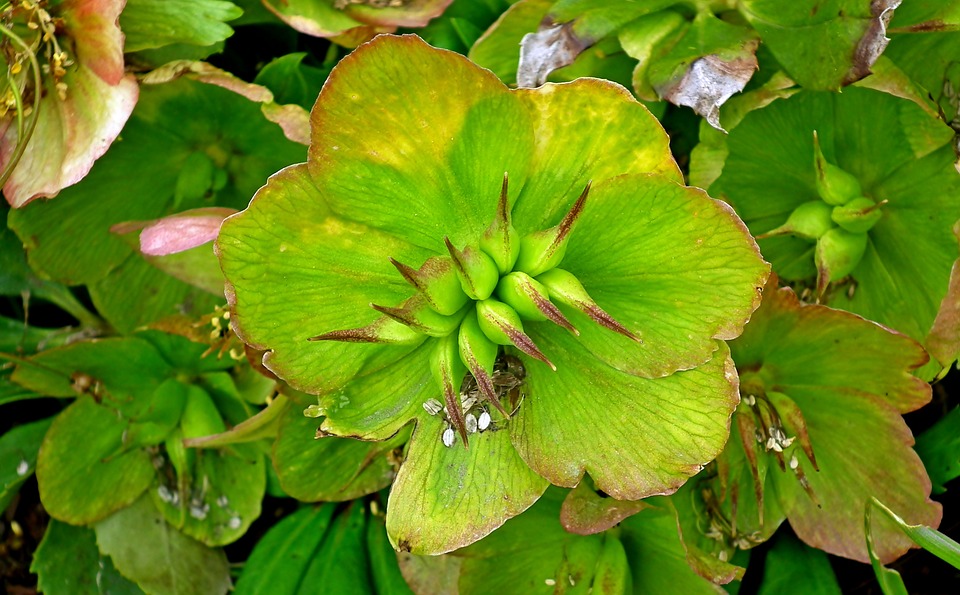
Medicinal properties
It seems that the name Hellebore derives from the union of two Greek words (elein = to wound and bora = food) or “deadly food”. The whole plant is in fact highly irritating and toxic for both humans and animals, so it is advisable to avoid direct contact and wash your hands after touching it. The plant, widely used in herbal medicine, contains an active ingredient, helleborin, a glucoside that has irritating, narcotic, anesthetic properties and is rich in alkaloids with cardiotonic and purgative properties
Uses, myths and beliefs
The medicinal and hallucinogenic properties of Hellebore have been known since ancient times, so much so that it was considered capable of evoking the spirits of the afterlife; therefore it was believed to be one of the plants used by witches for their magical potions and Hellebore was attributed the power to make people invisible.
The ancient pharmacopoeia indicated hellebore as a remedy for the treatment of heart disease, while the powder obtained from dried and pulverized rhizomes, as it exerts a very powerful local irritating action, was used to cause sneezing by irritating the nasal mucosa.
In ancient Greece, Hellebore was considered a remedy in the treatment of mental illnesses. It was a common belief, in fact, that the decoction of the roots was a valid remedy for madness, so much so that the myth tells that Hercules recovered from madness thanks to Hellebore and that the shepherd Melampus cured the madness of the daughters of Preto re of Argos, who believed they had been turned into cows, with the milk of the goats that ate the leaves.
Words from the past
In literature, even in the oldest one, there are numerous citations on this plant.
Petronius Arbiter says in his Satyricon [88,4]: “Chrysippus, ut ad inventionem sufficeret, ter Elleboro animum detersit”., that is, to refine his perceptive ability, Chrysippus cleared his mind three times with a potion of hellebore “.
Quintus Orazio Flacco also speaks of it in his Satirarum (Third Satire – Book II): “Danda est ellebori multo pars maxima avaris”; because it was a reknown remedy against madness, in this case of the mean.
Horace also advised to go to the island of Anticipa for the cure of madness, where Hellebore grew abundantly.
In the nineteenth century F.D. Guerrazzi in chap. XXVI of the “Siege of Florence” exclaimed: “Ah, historian, instead of spending on ink you would better buy Hellebore, you are crazy.”
Gabriele D’Annunzio in “The daughter of Iorio” writes: “Go in search of the black Hellebore that can restore sense in this creature.”
Curiosities
In peasant culture, the abundance of Hellebore in the fields could foresee the progress of the harvest.
Even today in India it is burned next to the bed of pregnant women to hasten the birth and so that the spirit of the gods enters the mind of the newborn.
Credits
Author: Maria Beatrice Lupi. Naturalist,an expert in training, planning for sustainable development, participatory methodologies and European planning. Currently, she is involved in dissemination and education for sustainability.
Translation by Maria Antonietta Sessa

